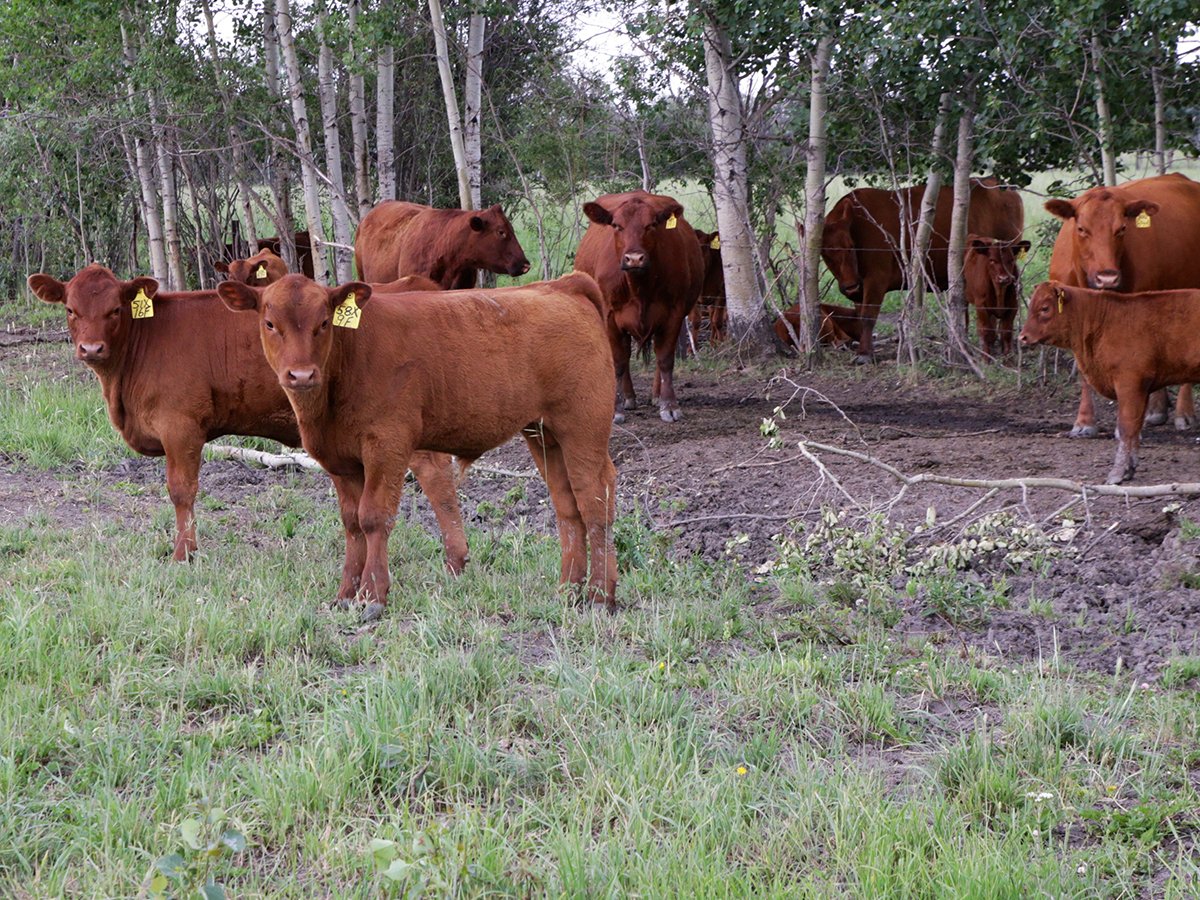A disease found in the southeastern United States is spreading toward Western Canada.
Dr. Kathryn Berger, a former postdoctoral fellow at the University of Calgary’s Faculty of Veterinary Medicine, was investigating the emergence of epizootic hemorrhagic disease (EHD) in these new areas.
It is a viral disease of wild and domestic ruminants, which is transmitted to susceptible animals by small biting insects called midges.
As a result, the disease is limited to locations where there is habitat that can support these insects. There is no direct animal-to-animal spread.
Read Also

Feeder market continues the climb
For the week ending Aug. 30, Western Canadian feeder cattle markets traded $4-8 per hundredweight higher on average.
Using high-tech computer mapping to study the midges, Berger was able to identify where they live and where they will spread under various climate change projections.
“We collaborated with the U.S. Department of Agriculture to better understand the risk of EHD in southern Canada in the future,” she said.
EHD is primarily a disease of deer, and small outbreaks occur in that species every few years in the southeastern U.S. However, elk, moose, pronghorn antelope and caribou are also susceptible.
Understanding the distribution of EHD in southern Canada is important because it is a foreign disease, can cause devastating losses in wildlife and can affect domestic cattle.
Severe cases of EHD mimic foot-and-mouth disease and bluetongue.
Manifestations of all three diseases in cattle include sores in the mouth and lips, lack of appetite, fever, lameness and abortion in pregnant cows, but most infected cattle don’t usually show outward signs of disease.
Veterinarians must report suspected cases of EHD to the Canadian Food Inspection Agency.
Outbreaks occur outside of their normal southeastern area every five to seven years.
“Animals outside the normal range of EHD have less immunity. During these outbreaks, up to 90 percent of deer can die,” said Berger.
Some of these broader outbreaks have historically occurred in the southeastern Alberta-southwestern Saskatchewan area and British Columbia’s Okanagan Valley. Southeastern Alberta experienced an outbreak in deer in 2013.
Dr. Berger and colleagues found a distinct, cyclical pattern of EHD outbreaks occurring every five years.
“These outbreaks span a diagonal band from the southeastern U.S.A. all the way up to the U.S.A.-Canada border.”
Their next step was to build computer models to understand which geographical locations have suitable habitats for the midges that carry the EHD virus because understanding the insect is crucial to predicting where the disease will occur.
Berger worked with an integrated team including entomologists, veterinarians, ecologists, climatologists and experts in risk assessment.
Obtaining quality data was a particular challenge for the study.
“Disease modeling is only as good as the data you put into it,” Berger said.
EHD is not a reportable disease in the U.S., which means patchy information was available for some states. However, researchers were able to detect trends in disease spread at the countrywide level. They also identified areas for improvement.
“EHD is rare in southwestern Canada, but with projected climate change, Canada will likely see more incursions of EHD as the midge insects move further north from the United States,” said Berger.
More midges will make their homes in southeastern Alberta and southwestern Saskatchewan as these regions heat up with climate change.
An increase in insects to spread the virus means we should expect more cases of EHD in deer and cattle. However, it’s still unclear how widespread the disease will become, how Canada will respond and what the impact will be on wildlife and cattle health.














